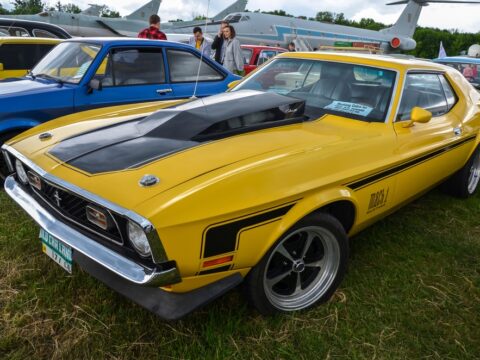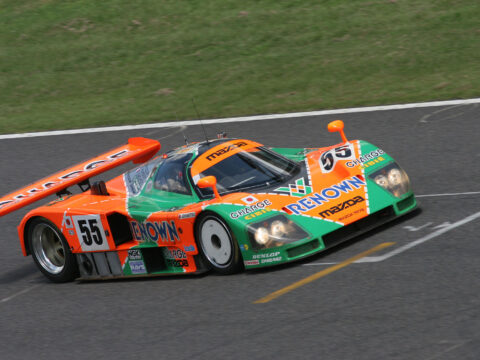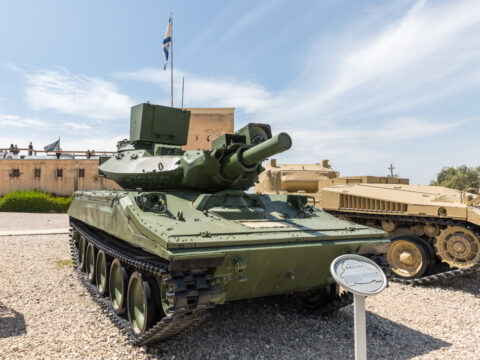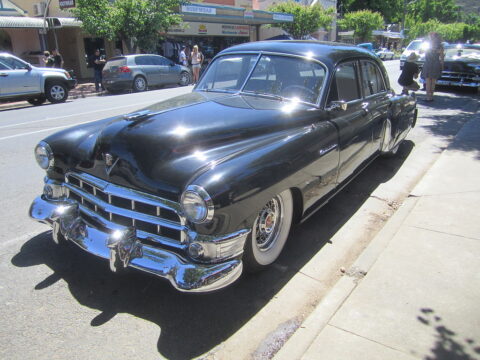In the fast-paced world of aviation, where technological advancements quickly render older models obsolete, a select group of aircraft has remarkably stood the test of time. These retro airplanes, many of which first took to the skies over half a century ago, continue to capture the imagination of aviation enthusiasts and serve practical purposes in various sectors today. From cargo flights in remote regions to training the next generation of pilots, these enduring designs highlight an era when airplanes were built to last.
Despite their age, these vintage flyers maintain relevance not only for their historical significance but also due to their unmatched durability and specific capabilities that modern aircraft cannot replicate. Whether it’s performing in air shows, facilitating cargo transport in rugged environments, or serving in scientific missions, these airplanes showcase a legacy of engineering excellence that continues to play a crucial role in contemporary aviation. Their ongoing operation is a tribute to their robust construction and the meticulous maintenance by those who are dedicated to preserving these flying legends.
Contents
Boeing B-52 Stratofortress
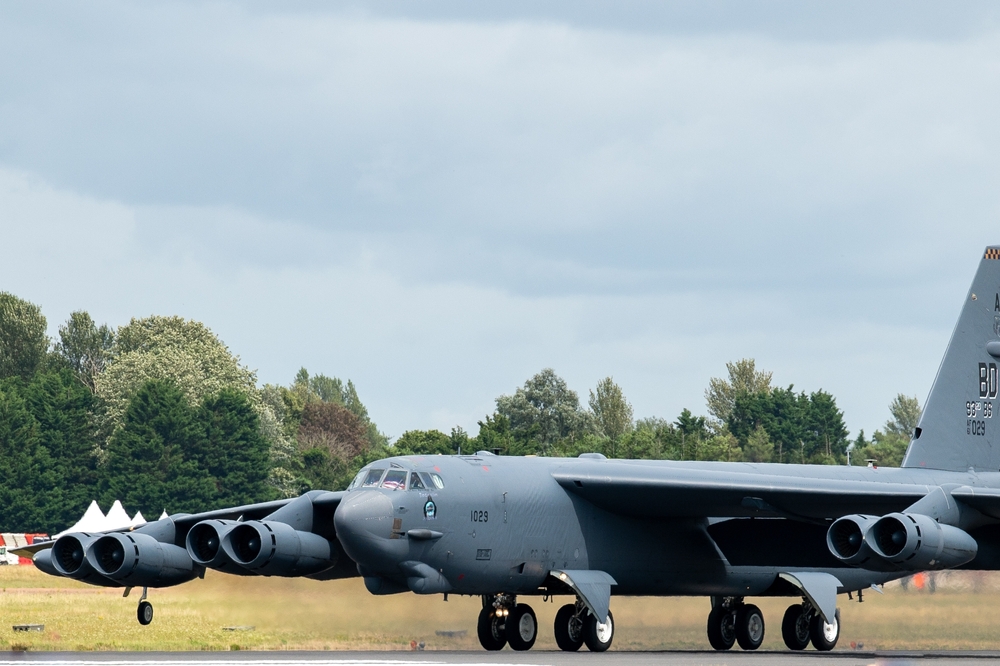
The Boeing B-52 Stratofortress has been an integral part of the U.S. Air Force’s strategic bomber fleet since the 1950s. Its longevity can be attributed to continuous upgrades that have enhanced its avionics, armaments, and engines. Despite its age, the B-52’s formidable payload capacity and ability to integrate modern weaponry keep it relevant in current and future military operations, underscoring its robust and adaptable design.
Boeing 707
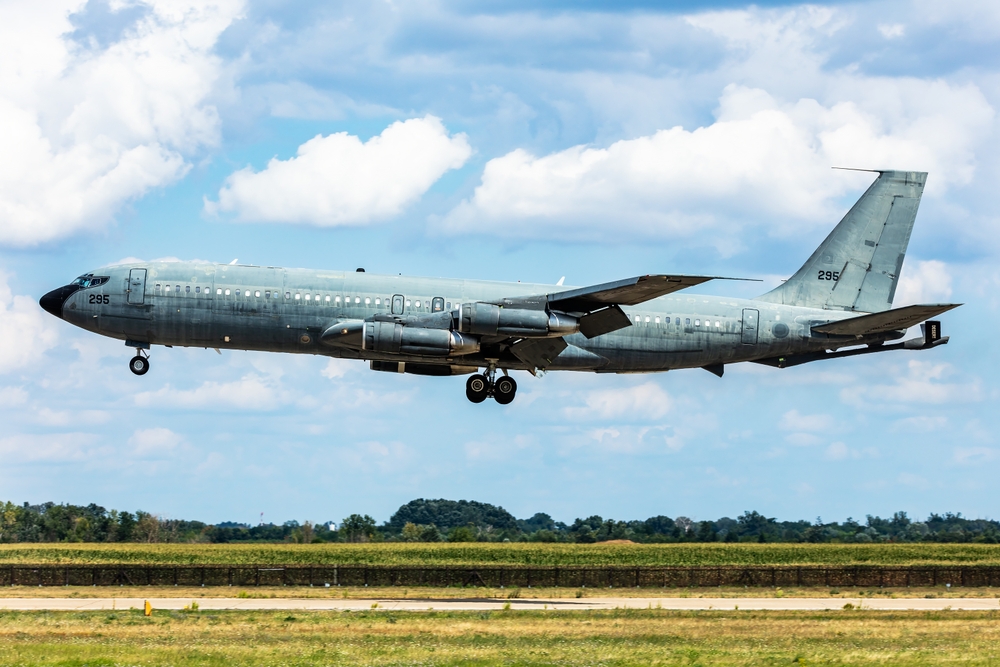
The Boeing 707 revolutionized air travel in the 1950s as one of the first successful commercial jetliners. Its continued use, particularly for cargo and special military operations, highlights its durable construction and reliable performance. The 707’s airframe robustness and ease of maintenance have allowed it to remain operational, serving niche markets and specialized air services globally.
de Havilland Canada DHC-2 Beaver

Known for its exceptional performance in rugged environments, the de Havilland Canada DHC-2 Beaver has been a staple in remote area operations since its debut in 1947. Its ability to take off and land on short, unimproved runways with various payloads makes it indispensable for utility transport in wilderness regions, proving its timeless design and versatility.
Douglas DC-3
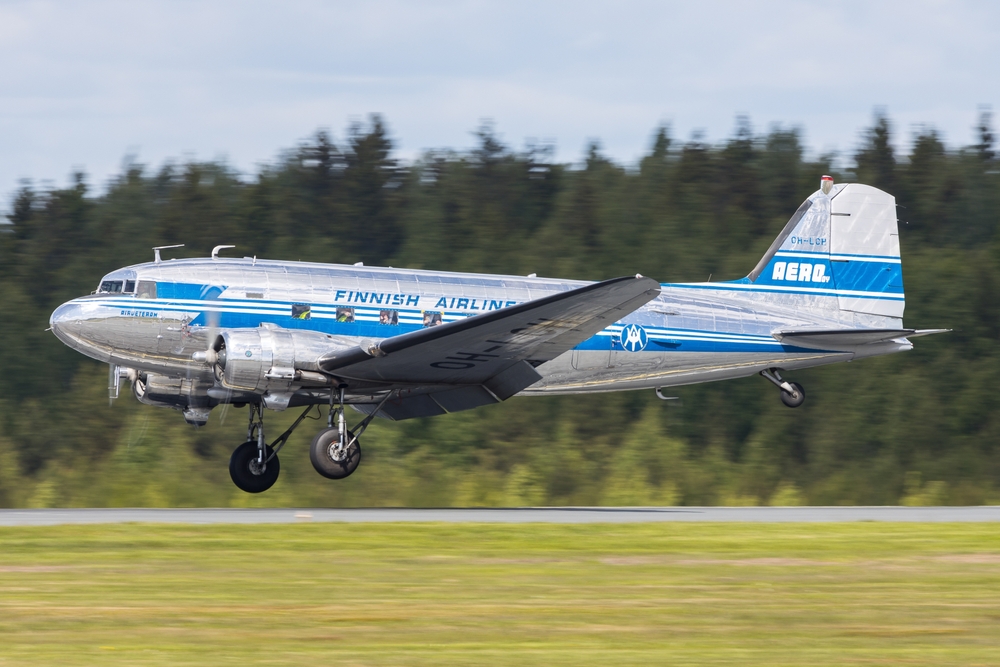
The Douglas DC-3 is perhaps the most iconic example of enduring aircraft design, having transformed air travel with its introduction in the 1930s. Its continued use in cargo, passenger, and military roles across various regions is a testament to its reliability, ease of maintenance, and the robust nature of its design, which allows it to operate in less-than-ideal conditions.
Lockheed C-130 Hercules

The Lockheed C-130 Hercules remains a critical asset for military and humanitarian aid missions worldwide due to its exceptional durability and versatility. Introduced in the 1950s, it has undergone numerous upgrades to support a wide range of operations, from Arctic research to disaster relief, proving its ongoing value and robust, adaptable design.
Antonov An-2
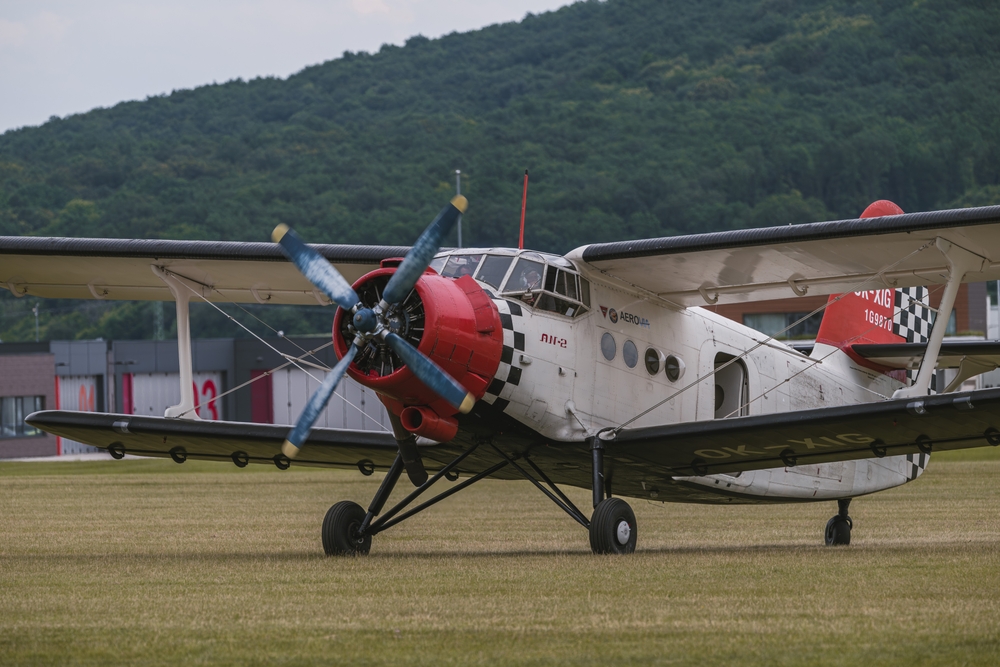
The Antonov An-2 is known for its sturdiness and ability to operate in harsh conditions with minimal infrastructure. Introduced in 1947, this biplane’s unique capabilities, such as short takeoff and landing (STOL), make it irreplaceable for agricultural, cargo, and parachute training roles in remote areas, ensuring its prolonged service life.
North American T-6 Texan
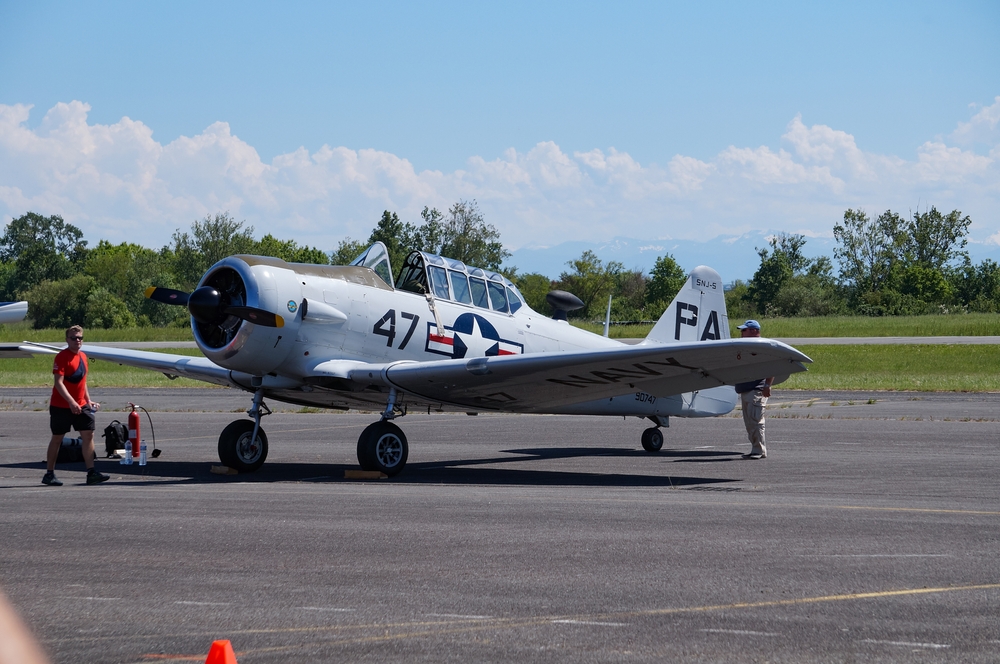
The North American T-6 Texan first flew in the 1930s and became one of the most used trainer aircraft for military pilots in history. Its continued use today, primarily in private ownership and historical demonstrations, underscores its robust design and the affection and respect it commands among aviation enthusiasts.
Convair CV-240
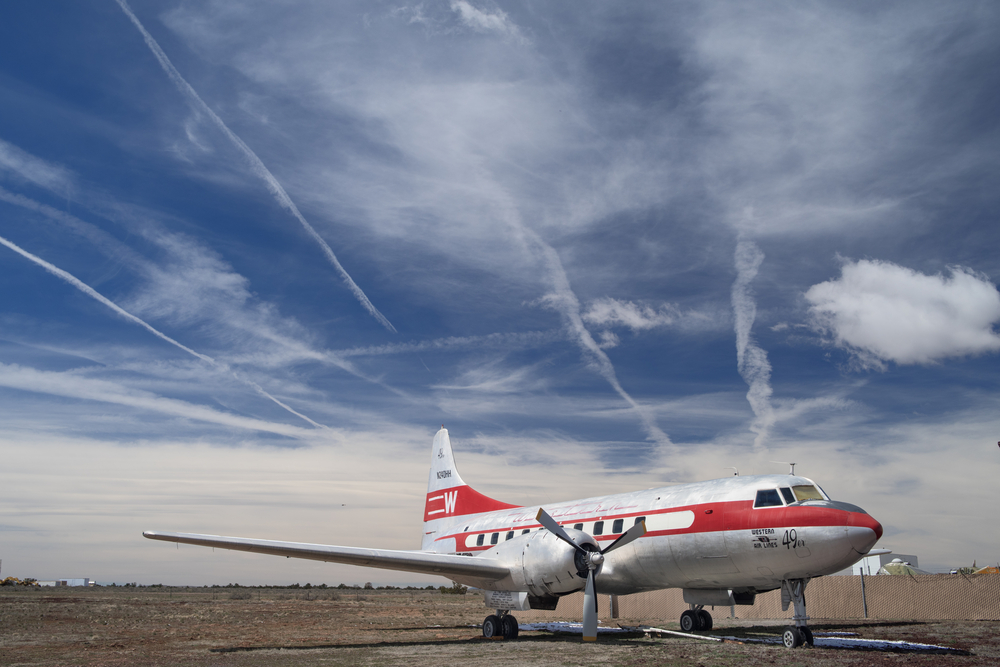
First flown in 1947, the Convair CV-240 was designed as a modern replacement for the Douglas DC-3. Its continued operation in various capacities, including cargo transport and passenger services in less-developed regions, showcases its durable design and ongoing utility in niche markets. (Note that a Convair CV-240-1 is pictured above).
Lockheed Constellation

The Lockheed Constellation, with its distinctive triple-tail design and dolphin-shaped fuselage, served as a symbol of air travel’s golden age. Its robustness and operational reliability have allowed it to continue flying, especially in historical and charter roles, where its performance and aesthetic appeal remain highly valued.
Fokker F27 Friendship
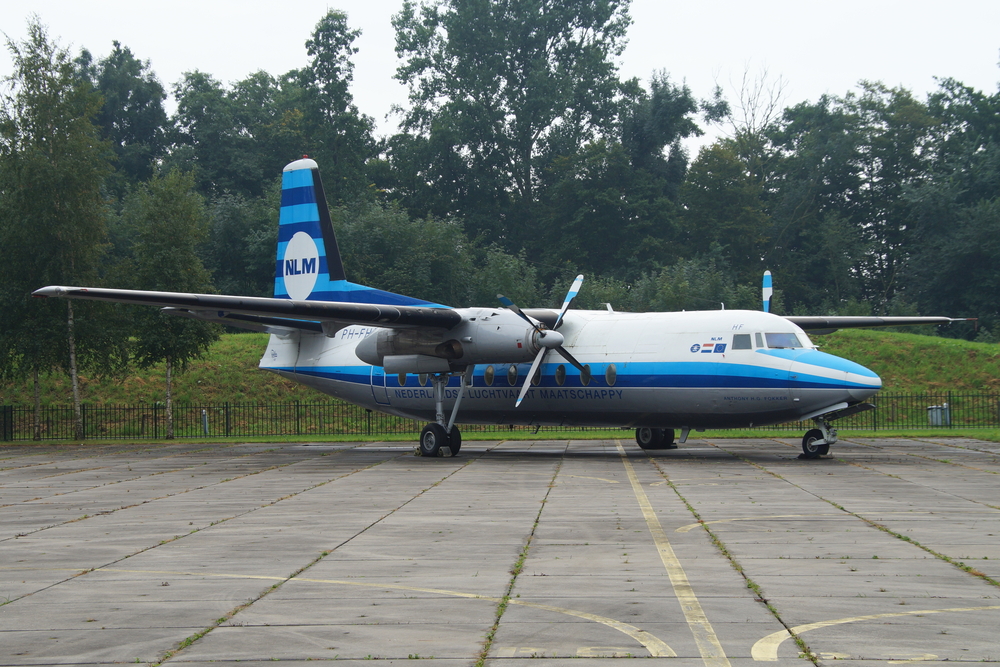
The Fokker F27 Friendship emerged in the 1950s as a high-winged turboprop airliner capable of operating short to medium-haul routes. Its enduring presence in cargo and regional services can be credited to its reliable performance and rugged build, ideal for operations in challenging environments.
Tupolev Tu-134

The Tupolev Tu-134, a Soviet twin-engined jet, was a staple for Eastern Bloc airlines and remains in limited service today, particularly in North Korea and Africa. Its robust airframe and ability to land on unpaved runways make it a practical choice for regions with less developed airport infrastructure.
This article originally appeared on MyCarMakesNoise.
More from MyCarMakesNoise
13 Worst Electric Cars Ever Produced

Electric vehicles (EVs) represent a promising shift towards sustainability in the automotive industry, driven by the urgent need to reduce carbon emissions. As manufacturers race to innovate and capture the market, this surge in production has inevitably led to a range of outcomes. Read More.
13 Frequent Motorcycle Maintenance Mistakes to Avoid

Keeping your motorcycle in prime condition is not just about enhancing its performance but also about ensuring your safety on the road. Regular maintenance is crucial, yet many riders, whether new or experienced, often fall into common traps that can lead to unnecessary wear and tear or even more serious mechanical failures. Read More.
10 Vintage Trains Still in Operation

Step aboard the timeless journey of vintage trains that still capture the heart of railway romance and adventure. Across the globe, these moving museums preserve the golden age of rail travel, offering more than just a ride – they serve as a portal to the past, allowing passengers to experience the luxury, charm, and history of classic locomotion. Read More.

